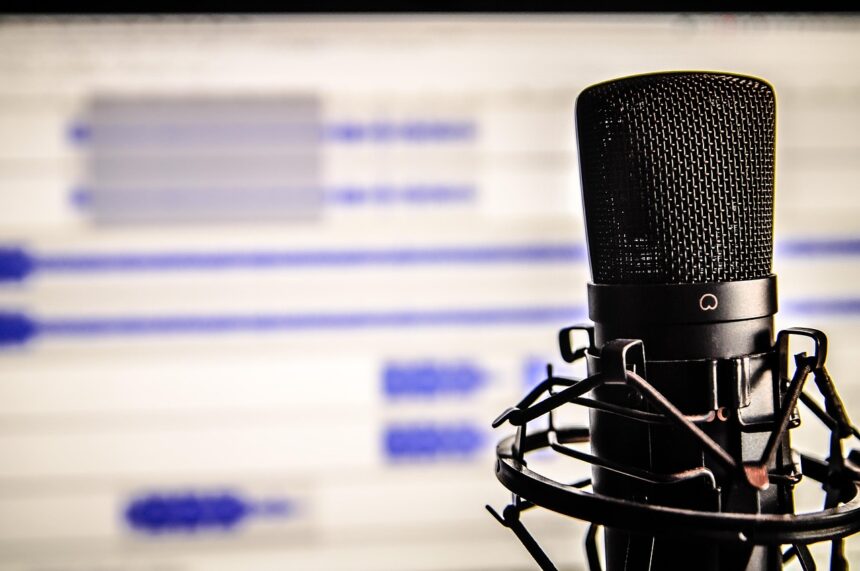When you’re dealing with a lot of tracks, it’s easy to feel overwhelmed. Clashing frequencies, unclear mixes, and just too much going on can drive anyone crazy. But don’t worry—this is a common hurdle, even for experienced mixers. Here’s a step-by-step breakdown to help you handle large sessions and start thinking like a pro mixer.
1. Organize Your Session (Session Management)
Color Coding & Naming:
Group tracks by instrument type (drums, bass, guitars, etc.) and give each group a different color. Name tracks clearly (e.g., “Kick In,” “Snare Top,” “Rhythm Guitar 1”). This makes navigating easier.
Track Stacking (Folder Tracks):
Use Logic Pro’s Track Stacks (Summing or Folder stacks) to group instruments. For example:
Drum Stack (all drum mics)
Guitar Stack (rhythm, lead, etc.)
Vocal Stack (lead, harmonies, etc.)
Markers: Add markers (Intro, Verse 1, Chorus) to divide the song structure for quick jumping.
—
2. Subtractive Mixing (Less Is More)
Mute Non-Essential Tracks: Mute or disable tracks that don’t add value. If two guitar parts clash, keep the better one.
Low Cut Filter (HPF): Use FabFilter Pro-Q4 or bx_cleansweep to remove unnecessary low frequencies on everything except bass and kick. This clears space.
Midrange Cleanup: Frequencies around 200Hz – 500Hz tend to clash. Use surgical EQ cuts on instruments fighting for space.
—
3. Balance First (Static Mix)
Level Balance: Before adding any plugins, adjust the volume faders for a rough mix. Get the instruments sitting right just by volume.
Pan for Space: Spread instruments across the stereo field. Hard pan guitars left/right, keep bass and vocals centered, etc.
Mono Check: Occasionally switch to mono (Logic’s Gain plugin or bx_solo) to check if elements still sound clear.
—
4. Mix in Layers (Top-Down Approach)
Start with drums and bass. Make them solid first.
Add instruments layer by layer. Each time you introduce a new element, check for frequency clashes.
—
5. Group Processing (Bus Mixing)
Send all similar instruments to a bus (e.g., Drums Bus, Guitar Bus, Vocal Bus).
Add light compression and EQ on the bus to glue them together.
Use bx_masterdesk Classic or Waves SSL plugins to process buses.
—
6. Automation Is Key
If a section feels cluttered, automate volume to lower certain instruments at busy points. Automate reverb/delay returns for a dynamic mix.
—
7. Referencing & Resting Your Ears
Take frequent breaks. Listen again with fresh ears.
Import professional songs you like into your session. A/B your mix with theirs to hear differences.
—
8. Start Simple & Build Confidence
Work on simpler mixes first. Mix acoustic songs or ballads to hone your skills.
As you gain confidence, tackle more complex tracks with heavy instrumentation.
—
Mindset Tip:
Mixing isn’t about getting it perfect immediately. Even pro mixers revise their mixes several times. Break the session into smaller chunks. Focus on making each instrument sound good alone, then good together.





